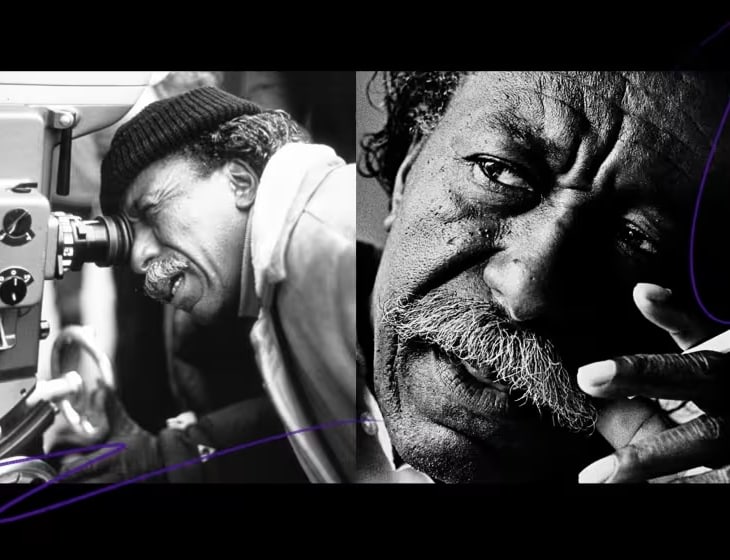
Over the weekend, I set aside some time to watch “A Choice of Weapons,” HBO’s new documentary focused on Gordon Parks, the revolutionary photographer, writer and filmmaker whose works have inspired creative documentarians for decades.
Parks burst onto the photography scene with images like American Gothic, which depicted Ella Watson, a Black custodial worker posing pensively in front of an American flag. He eventually became the first Black staff photographer at Life magazine, where his work continued to chronicle Black life in all of its varied beauty while also critiquing American efforts to sabotage it through segregation and violence.
For me, “A Choice of Weapons” — the title comes from Parks’ memoir — was an empowering watch. If you’re in need, I think it’ll help you gain your bearings during this tumultuous time in the United States, as conservative attacks on true tellings of American history aim to paper over the past and erase our national memory. This film invites us to see photographers — from Parks to photographers capturing today’s inequalities — as history’s truth-tellers, and their images as righteous tools in the fight against revisionism. And it encourages the rest of us to find similar power in documentation.
To be transparent, I’ve obsessed over trailblazing artists like Parks, the filmmaker Melvin Van Peebles, and the poet Gil Scott-Heron for the past two years. In my view, their works are audacious, and they chafe repressive elements of American society — racism, economic exploitation and more. And I’ve been motivated by their nerve: How dare they take aim at these quintessentially American evils, and with such confidence?
And with truth and creativity. I’ve found solace in that as I’ve embarked on a creative journey of my own.
My favorite part of HBO’s Parks documentary comes in a comment from Bryan Stevenson, the lawyer and founder of the Equal Justice Initiative. As Stevenson describes a 1956 color photo series by Parks on segregation in Mobile, Alabama, he says the choice to use color photos — rather than black and white — was a political one. “He wanted that color to implicate people seeing this so that they would understand: This is your America right now,” Stevenson says.
To me, that’s what “A Choice of Weapons,” and Parks’ legacy, is all about: being deliberate with your art and your documentation of history in a way that’s searingly honest.
Out of that tension, progress is born.
Definitely give “A Choice of Weapons” a watch. And if you have time, I recommend watching this conversation featuring Parks, Van Peebles and the esteemed actor Ossie Davis, as well.